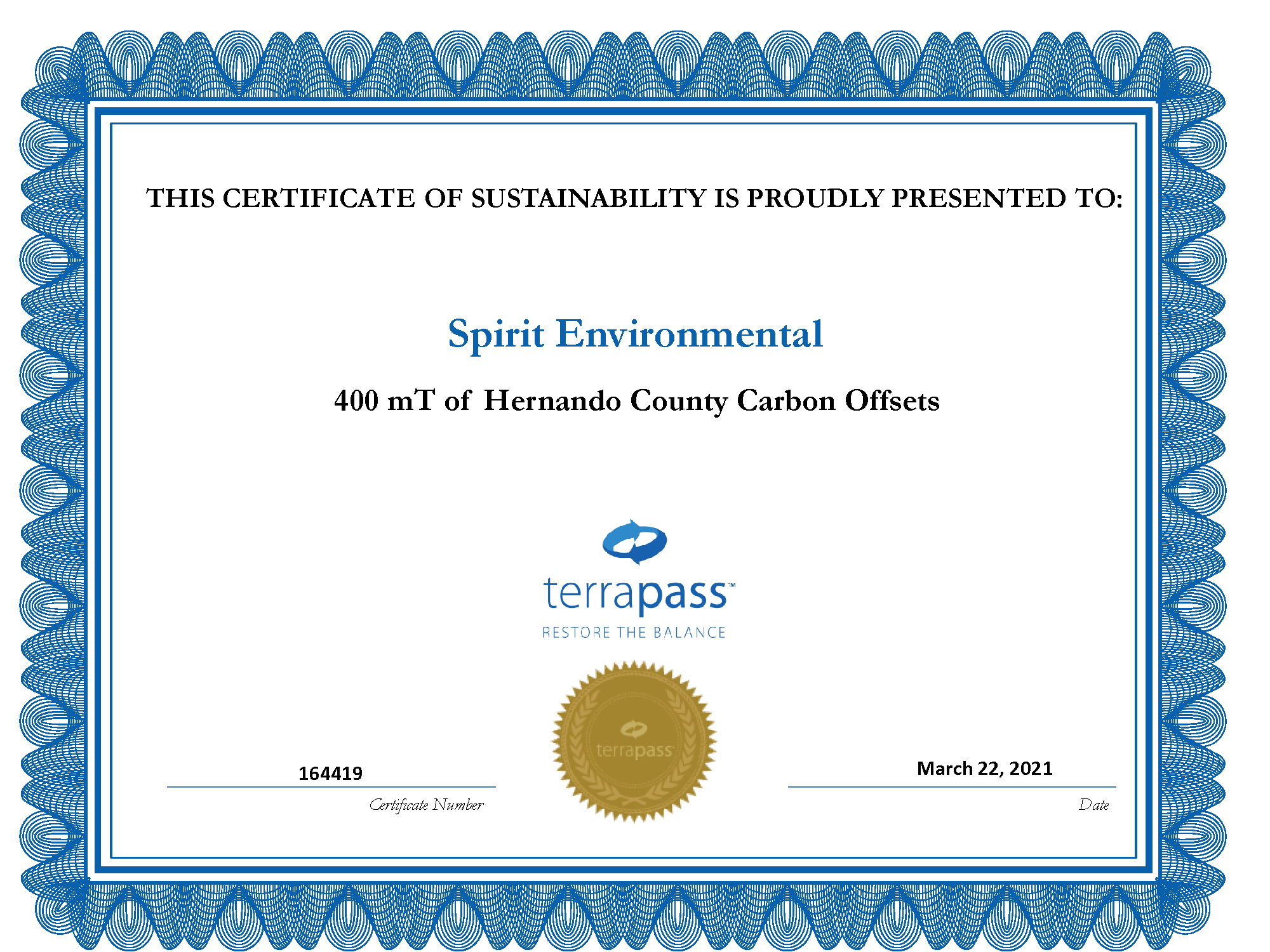Spirit’s Carbon-Neutral Journey, Part 1, 2019-2020
Spirit’s Sustainability Program was not fully realized until late 2019 with the hiring of a dedicated Program Manager. As that program took off, we realized that we needed to embody the ambitiously practical sustainability efforts that we advise our clients on regarding carbon emissions reductions. As a result, we ultimately decided to offset our residual emissions with a bulk purchase of high-quality carbon offsets for 2019 and 2020.
As a professional services firm that leases office space, our direct (scope 1) emissions are minimal, consisting of a single fleet truck and some natural gas combustion for heating in the Rocky Mountain Region. We track the mileage and know the fuel efficiency of the fleet truck, and we used our proportionate square footage and the heating use in our building in Denver to calculate the natural gas consumption.
Our emissions associated with purchased electricity (scope 2) are more significant. We worked with building management in our three (3) offices in Austin, Houston, and Denver to get annual electricity information and were able to help them set their buildings up in Energy Star’s Portfolio Manager system. Using our regional electrical grid emissions factor published by the Environmental Protection Agency (EPA) for Texas (ERCT subregion) as well as the more specific emissions factor published by our local electric provider in Denver (Xcel Energy), we were able to determine the emissions associated with generating and providing our electricity. Scope 2 emissions are typically offset using Renewable Energy Certificates (RECs) on a 1:1 basis on usage in total Megawatt Hours (MWh) of consumption. We decided in this first effort to purchase carbon offsets for our scope 2 emissions using the calculated carbon emissions.



